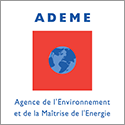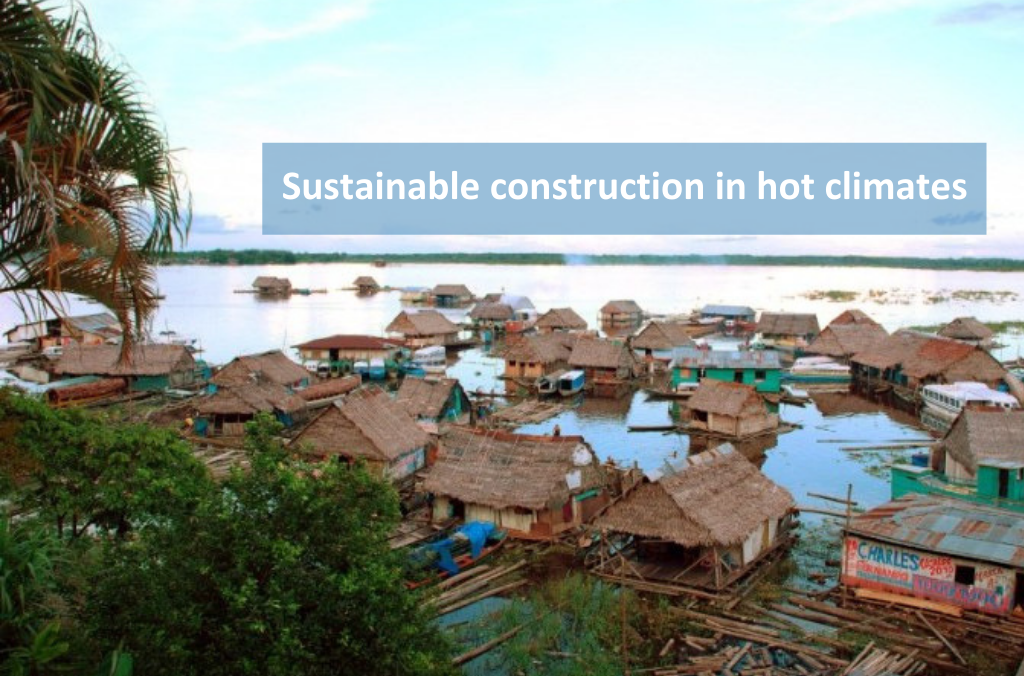#26 EDGE Certification: How to Certify Green in Emerging Markets
Construction21 - La rédaction

Developed in 2014 by IFC, a member of the World Bank Group, the EDGE green building certification program has already resulted in nearly 7.5 million square meters of certified floor space. Alzbeta Klein, the Director and Global Head of Climate Business at IFC, talks about the progress that EDGE is making in helping to scale up green building growth.
1. What is the sustainable development philosophy of IFC?
We cannot address development without making it sustainable, otherwise people will be pushed into poverty. It has to be a part of everything that we do.
Twenty years ago, no one else was operating in this space. As the largest global development institution focused on the private sector in developing countries, IFC saw not only the challenge of climate change, but the investment opportunity.
In 2016, IFC published the Climate Investment Opportunities report that analyzed 21 client country commitments made in Paris and found $23 trillion in investment potential across various sectors, including green buildings. IFC continues to seek solutions to help clients grow in the most financially and climate-friendly way possible.
2. What is your role in helping emerging markets to make an ecological transition?
We know the barriers within the investment space, and we’re here to help provide solutions, to create markets and make them investable. IFC has been in the green finance space since the 1980s, when we started with project finance for renewables. We were one of the first to help build the market for renewable energy – where IFC continues to invest – which is now $300 billion strong. We were also one of the first to invest in wind energy.
Our climate business strategy has evolved to include working with local banks to on-lend to climate projects such as green construction finance, which comprises more than 50% of our lending. By not only investing in climate business, but co-investing as well, we’ve provided more than $22 billion in long-term financial commitments for climate-related projects since 2005, and have mobilized more than $15 billion in external capital through syndications and other partnerships with investors.
3. What is the purpose of EDGE?
There’s a lot of talk about other kinds of emissions, but buildings account for 19% of emissions today. Building emissions have the potential to double in the next couple of decades, with growth coming almost entirely from developing economies.
In response, IFC created the EDGE green buildings certification program, which is one of our most successful examples in creating sustainable markets. EDGE includes an easy-to-use online platform that makes it faster, easier and more affordable for property developers to certify their buildings as resource efficient (defined as 20% better performance in energy, water and embodied energy in materials). EDGE rewards developers for building green, providing a commercial opportunity to differentiate their properties through passing on the value of lower utility bills. This will ultimately lead to a transformation of how buildings are built.
4. What has the progress been for EDGE so far (since it was first launched in 2014)?
More than seven million square meters of residential and commercial floor space have already been certified with EDGE, including more than 60,000 homes. In Africa alone, Balwin Properties of South Africa has made an initial commitment by registering 26,000 affordable green homes for certification, and EchoStone Properties in Nigeria will build more than 180,000.
Nowhere is the progress of EDGE more apparent than in Colombia, where 6% of all new building growth in the country is certified, in large part due to the leadership of banks such as Bancolombia, who issue green bonds against their assets, then incentivize the market to certify.
IFC invests through its own balance sheet as well as by working with partner banks to increase their investments in green buildings. To date, IFC has invested in more than $4.5 billion of green buildings worldwide, including our own account and capital mobilized from other investors.
To scale our work through financial institutions, IFC and the UK government have created our Marketing Accelerator for Green Construction (or “MAGC”) program, which will help our partner banks around the world to more easily incentivize green construction on both the supply and demand sides, through both green construction financing and green mortgages. We know that when you incentivize financial institutions, they respond favorably.
The progress we see on all fronts is uplifting. Schwarz Gruppe, an IFC investment client, has committed to certifying all of their retail stores with EDGE. They have either registered and/or certified nearly 3,000 stores with the support of our certification provider, thinkstep-SGS, for a total of more than a million square meters of floor space.
Another example is Vinte, an IFC client and property developer who bring innovations to affordable homes in Mexico (including solar technologies and smart meters). Vinte has issued two green bonds of its own this past year, gaining significant investor support that it otherwise would not have had because of its commitment to EDGE.
5. What are the challenges for EDGE in hot climate regions?
The majority of countries where EDGE is operational have hot climates, where the problems of climate change are exacerbated. One important issue is the growing use of air conditioning in countries such as India.
Practical design ideas like building orientation and energy-efficient air conditioners can make a dramatic difference, as a well-designed building lowers the need for air conditioning. EDGE measures this and keeps the developer honest as to exactly how the building is expected to perform, indicating the extra costs (if any) to build green.
How it works:
IFC’s EDGE (“Excellence in Design for Greater Efficiencies”) green building certification system is present in more than 150 countries. Its objective is to reduce by a minimum of 20% the energy use, water use and embodied energy in materials of a building compared to a base case. There are two steps to certification: at the design stage and after the building has been constructed. Project teams interested in designing a resource-efficient building consult the EDGE online software for calculating resource reduction. The base case depends on the localization of the projected building and its characteristics. A wide list of actions is proposed in order to reach the 20% objective: for example, reduced window to wall ratio, reflective paint, dual flush water closets, and controlled use of concrete.
Due to its presence mainly in emerging economies and its fast and affordable nature, EDGE has the potential to help make a big difference in creating the vibrant green cities that we need in the future.
Read our previous article : #25 RESET, the standard for sustainable architecture in the tropics





